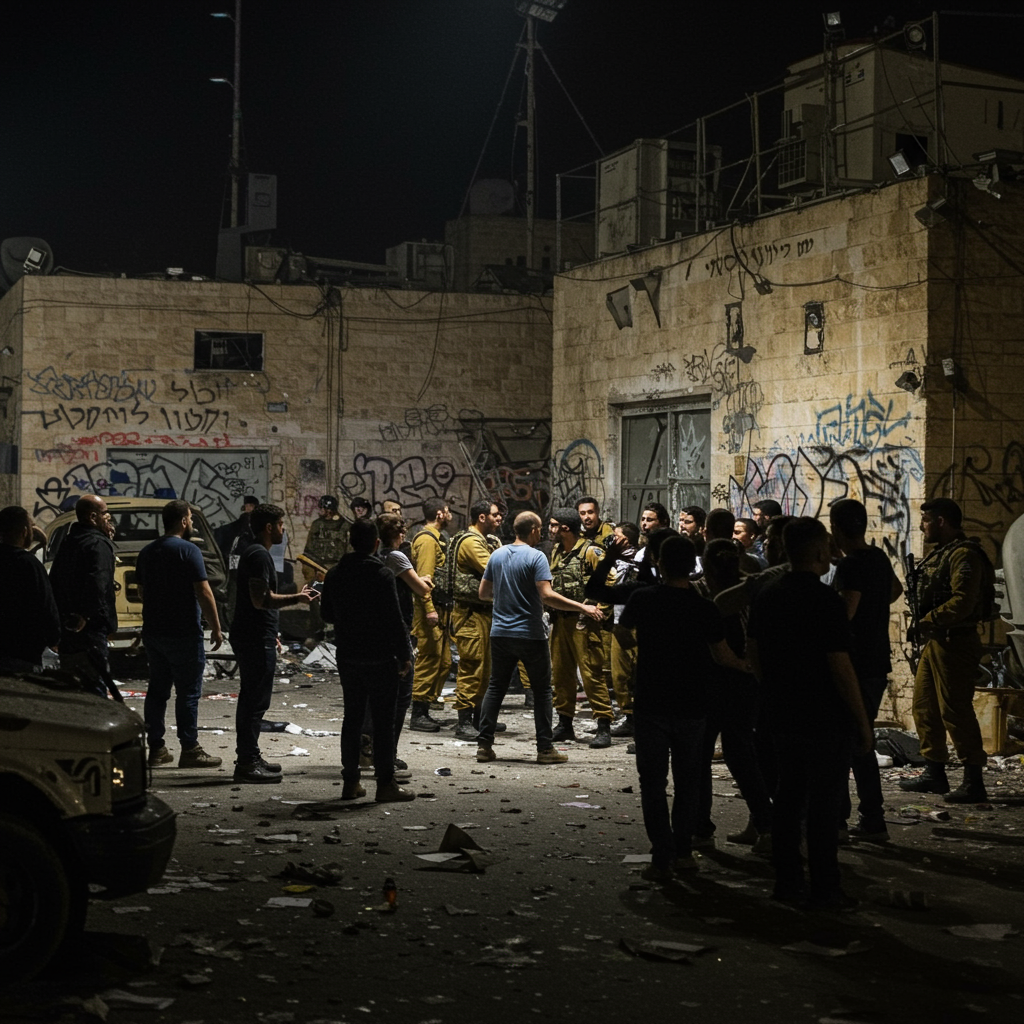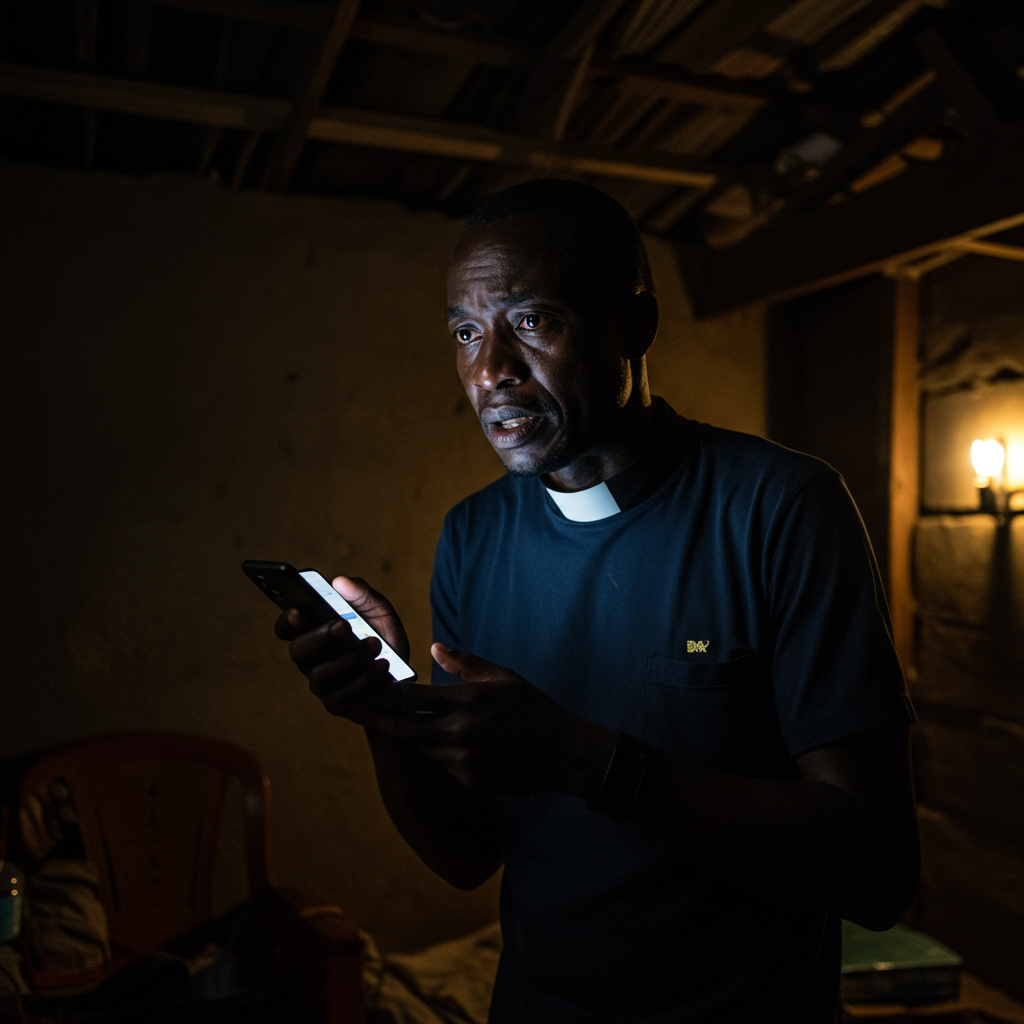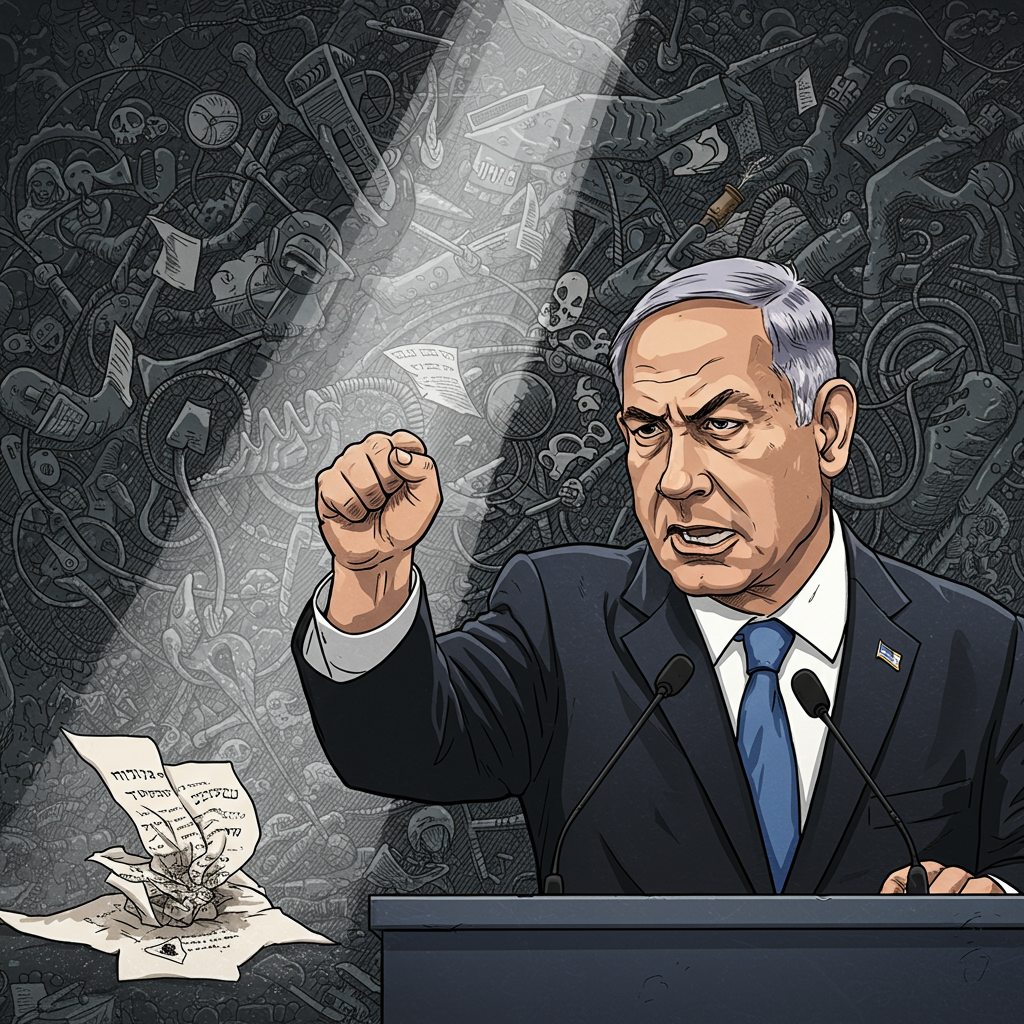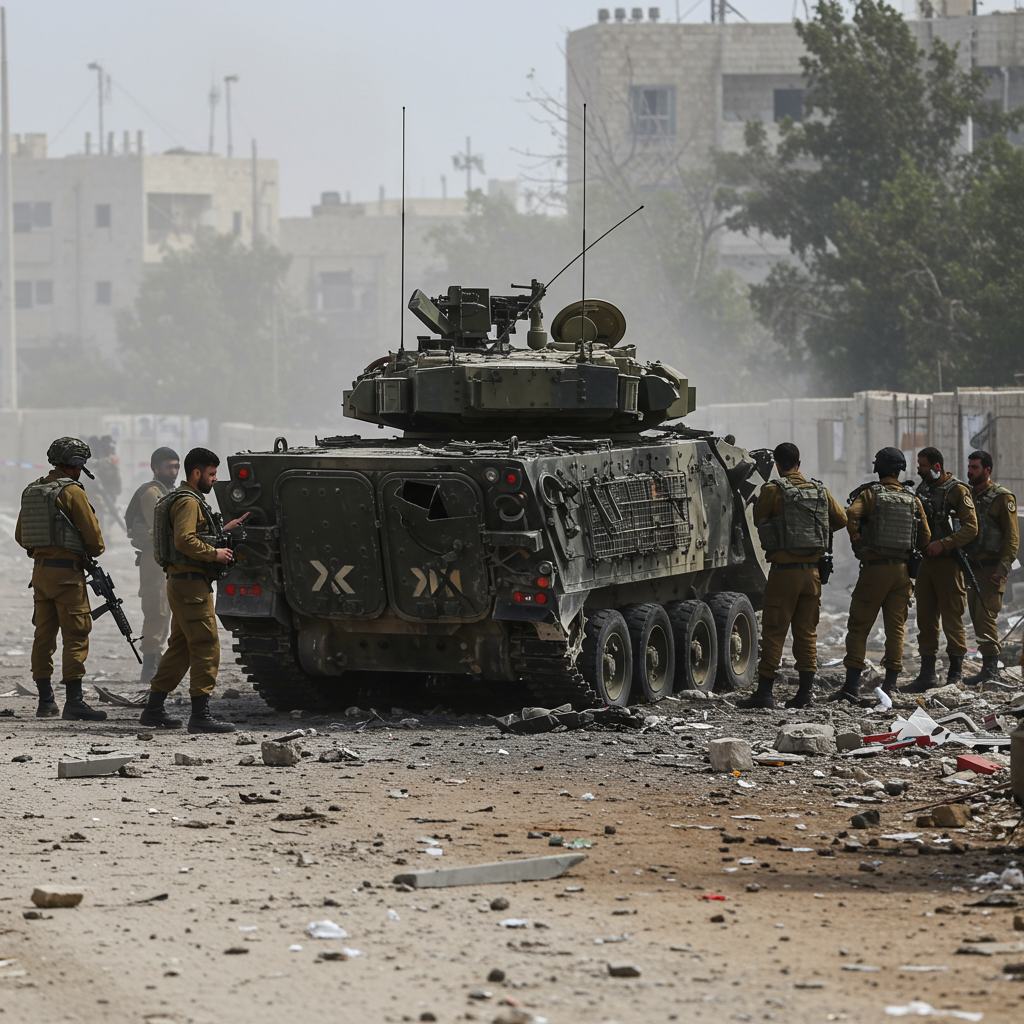A troubling escalation unfolded in the <a href="https://news.quantosei.com/2025/06/30/quiet-west-bank-pogrom-in-progress/" title="Critical Look at West Bank violence & Settler Acts”>israeli-occupied West Bank as dozens of Israeli settlers launched an aggressive assault on a military base. The incident, which occurred on a recent Sunday night, saw rioters setting property ablaze, vandalizing vehicles, spray-painting graffiti, and directly confronting soldiers. This direct challenge to Israeli security forces by its own citizens marks a significant and widely condemned event.
The Israeli military confirmed the details of the rampage near Ramallah. They reported that settlers deliberately torched infrastructure and damaged military assets. Five individuals were subsequently arrested in connection with the base attack. This violent outbreak followed a period of heightened tensions and a series of previous attacks carried out by Jewish settlers against Palestinians. Anger over recent arrests of settlers by security forces attempting to quell the violence appears to have fueled this latest confrontation.
Settlers Target Military Facility Amid Rising Fury
The Sunday night assault wasn’t an isolated event. It took place in the context of intensifying conflict in the West Bank. The attack on the military base demonstrated a stark turn, directing settler aggression towards Israeli forces themselves, seemingly in response to actions taken by those forces against other settlers.
Footage circulating on Israeli media provided a glimpse into the chaos. It showed scores of young men, many identifiable by religious attire, gathering around the military base. These individuals are often linked to the “hilltop youth” movement. This extremist faction consists of Israeli settlers known for establishing outposts on West Bank hilltops. They have a documented history of violent confrontations with Palestinians and damaging Palestinian property.
Military personnel at the base deployed stun grenades to disperse the crowd. Despite these efforts, significant damage was inflicted. The Israeli military released images showcasing the destruction. They specifically noted that the burned infrastructure included critical “systems that help thwart terrorist attacks and maintain security.” Attacking such facilities directly impacts Israel’s operational capabilities in the region.
Preceding Violence in Kafr Malik Sets Stage
The immediate trigger for the base rampage appears connected to events just days prior. On the preceding Wednesday evening, a large group of over 100 settlers reportedly entered the West Bank town of Kafr Malik. The head of the local council, Najeb Rostom, stated the settlers set property on fire within the village. They also allegedly opened fire on Palestinian residents who attempted to defend their homes and land.
The Israeli military intervened during this violent intrusion in Kafr Malik. Tragically, three Palestinians lost their lives as a result of the confrontation. Following the incident, Israeli security forces arrested five settlers suspected of involvement. This action by the military, arresting settlers in response to violence against Palestinians, reportedly ignited further anger among extremist elements within the settler community. This resentment seemingly boiled over into the attack on the military base.
Mourners in Kafr Malik were pictured carrying the bodies of the three Palestinians killed in the Wednesday attack. The image underscored the human cost of the ongoing violence. These back-to-back incidents highlight the volatile nature of the region.
Political Figures Condemn Settler Actions
The direct attack on an Israeli military base drew widespread condemnation, even from figures typically aligned with the settler movement. Prime Minister Benjamin Netanyahu issued a strong statement denouncing the acts. He asserted that “No civilized country can tolerate violent and anarchic acts of burning a military facility, damaging IDF property and attacking security personnel by citizens of the country.” His words underlined the severity of the settlers targeting their own military.
Notably, the far-right Security Minister Itamar Ben-Gvir also condemned the violence. This condemnation was described as rare for Ben-Gvir, who has a history of defending settlers accused of similar crimes against Palestinians. Ben-Gvir, who holds past convictions for racist incitement and supporting terrorist groups, and has advocated for deporting Arab citizens, called the attack on security forces a “red line.” He stated it “must be dealt with in full severity,” emphasizing shared identity with the soldiers (“our brothers, our protectors”).
Ben-Gvir’s influence within the Israeli government has grown significantly, coinciding with a broader shift to the right in the Israeli electorate. This political climate is seen by many as having further emboldened extremist settlers in the West Bank, contributing to the rise in violent incidents.
Opposition leader Yair Lapid offered scathing criticism of the rioters. He referred to them as “Jewish terrorists, gangs of criminals.” Lapid suggested that these groups felt empowered and “backed by the (governing) coalition,” a direct accusation against the current government’s stance and policies regarding settlements and settler behavior.
Defense Minister Israel Katz also weighed in on Monday following the attack. He vowed a decisive response, stating his intent to “eradicate this violence from the root.” Katz appealed to the extremist settlers on a personal level, reminding them that many members of the security forces they attacked are exhausted reservists serving multiple difficult rounds of duty.
West Bank Context: Occupation, Settlements, and Rising Tensions
Understanding these events requires recognizing the complex reality of the West Bank. Israel captured the territory during the 1967 Mideast war. Palestinians seek the West Bank, along with Gaza and East Jerusalem, as integral parts of their future independent state.
Today, approximately 3 million Palestinians reside in the West Bank, largely living under Israeli military rule and varying degrees of limited self-governance. Alongside them live around 500,000 Jewish settlers in communities established since the 1967 war. The vast majority of the international community considers these Israeli settlements illegal under international law.
Tensions in the West Bank have been particularly high over the past two years, coinciding with the Israel-Hamas war in Gaza. Palestinian residents report experiencing a substantial increase in Israeli checkpoints and significant delays impacting daily life and movement across the territory. Conversely, Israel asserts that it faces a growing threat from the West Bank directed at its citizens. This mutual perception of rising threats creates a volatile environment where incidents like the attacks in Kafr Malik and on the military base are more likely to occur. The actions of extremist settler groups further exacerbate this already delicate security situation.
The “hilltop youth,” often operating from unauthorized outposts, represent a radical fringe. While not all settlers engage in violence, the actions of this extremist element significantly impact Palestinian life and pose challenges even to Israeli authorities attempting to maintain order. The attack on the military base underscores the depth of radicalization among some settlers.
Analyzing the Attack and Its Implications
The decision by settlers to attack an Israeli military base, rather than solely targeting Palestinians, is a notable shift. It suggests their primary grievance in this instance was with the Israeli authorities themselves for intervening against settler violence. This appears to be a direct challenge to the state’s authority and an expression of impunity felt by some extremist factions.
The attack highlights the difficulty Israeli security forces face in policing settler violence. While tasked with overall security in the West Bank, intervening against Israeli citizens, particularly those perceived as ideologically motivated, can be politically sensitive. The condemnations from top officials, while strong in rhetoric, will be judged by the concrete actions taken to prevent future incidents and hold perpetrators accountable.
The damaged military systems mentioned by the IDF suggest that the settlers’ actions not only challenged authority but potentially compromised security operations aimed at countering Palestinian threats. This paradoxical outcome demonstrates the self-defeating nature of such extremist violence.
The international community’s consistent view that settlements are illegal remains a backdrop to this conflict. This legal status, coupled with the ongoing expansion of settlements and the actions of extremist groups, continues to fuel instability and makes a future political resolution increasingly difficult.
Frequently Asked Questions
What specific actions did Israeli settlers take during the attack on the military base?
During the Sunday night incident, dozens of Israeli settlers attacked a military base north of Ramallah in the West Bank. According to the Israeli military, their actions included setting fires to property, vandalizing military vehicles, spraying graffiti on structures, and assaulting soldiers stationed at the base. Five settlers were arrested in connection with the attack.
Who are the “hilltop youth” and what is their connection to this violence?
The “hilltop youth” are an extremist movement comprised of young, religious Israeli settlers. They are known for establishing unauthorized outposts on hilltops in the West Bank. The movement is often associated with attacks on Palestinians and their property. Footage from the base attack showed individuals linked to this group were involved in the rampage.
How does this attack relate to broader tensions and recent events in the West Bank?
This attack on the military base occurred amidst a surge in settler violence against Palestinians and follows an earlier incident where settlers killed three Palestinians in Kafr Malik after setting property ablaze. The base attack appears to have been fueled by anger over Israeli security forces arresting settlers involved in that prior violence. The incident reflects the escalating tensions in the West Bank, exacerbated by settlement expansion, extremist groups, and the backdrop of the wider conflict.
Conclusion
The settler rampage at a West Bank military base represents a concerning escalation in an already volatile region. It underscores the growing assertiveness and extremism of certain settler factions, who are now not only targeting Palestinians but also challenging Israeli state authority and security forces. While condemned by senior Israeli officials, the incident highlights the complexities of policing settler violence and the potential for such actions to destabilize the West Bank further. The international community continues to view Israeli settlements as illegal, adding another layer to the ongoing conflict and the urgent need for measures to curb all forms of violence and protect civilians.




